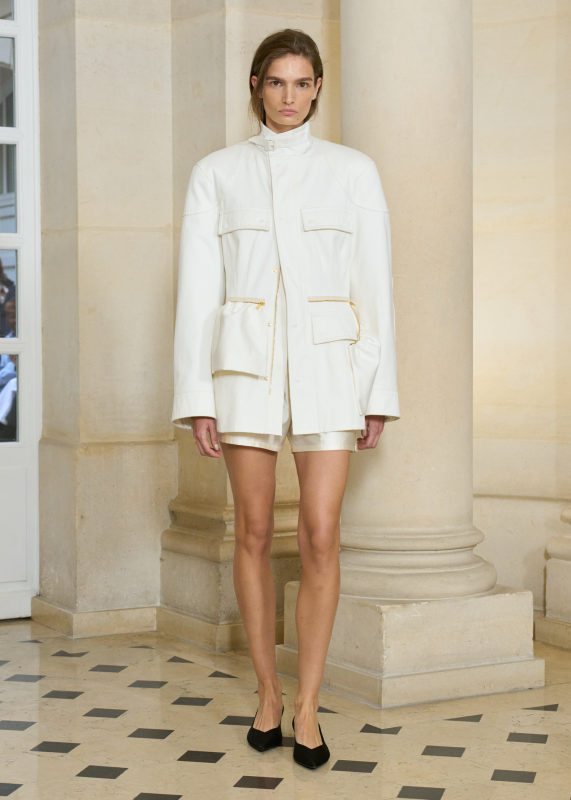
Held inside the sunlit Deposito at Fondazione Prada, the spring 2026 menswear collection from Miuccia Prada and Raf Simons delivered what the designers described as “a contribution with something genuine, nice.” That sensibility extended all the way to the footwear: flat, T-strap leather sandals that closely resembled Kolhapuri chappals — a centuries-old silhouette still handmade by artisans in Maharashtra, India.
Following viral comparisons between the Prada sandals and Kolhapuri chappals, the brand has issued a statement. A spokesperson told the BBC that Prada has “always celebrated craftsmanship, heritage and design traditions,” and confirmed the company is “in contact with the Maharashtra Chamber of Commerce, Industry & Agriculture on this topic.” The chamber’s chief had written to Prada last week, raising concerns that the design was commercialized without crediting the artisans who have preserved its heritage for generations.
In a response cited by Reuters, Lorenzo Bertelli, Prada’s head of Corporate Social Responsibility, said the sandals were “at an early stage of design” and that the company was open to a “dialogue for meaningful exchange with local Indian artisans.” Follow-up meetings are reportedly being organized.
The sandals, colloquially being called “toe ring sandals,” were styled without fanfare: worn with black dress socks, paired with tunic-length shirting or left bare under cotton poplins and raffia flowerpot hats. The show opened with softly structured garments and closed with a palette of dusty pastels, nodding to what Simons called “freedom to express yourself the way you want.” Amid the bloomers and smocks, the Kolhapuri-like sandals stood out, especially to those already familiar with the silhouette.

Prada Men’s spring 2026 ready-to-wear collection.
Giovanni Giannoni/WWD
It didn’t take long for observers at Milan men’s spring 2026 fashion week to identify the resemblance. Social media lit up with side-by-side comparisons of the runway sandals and their Indian counterpart. Fashion accounts, including Diet Sabya and stylist Anaita Shroff Adajania, noted the similarities, as did dozens of Indian viewers, many of whom recognized the chappals immediately, not only from tradition, but from daily life.

A closer look at the sandals from the Prada fashion show.
Kolhapuri chappals, which received a Geographical Indication tag in 2019, have been made for generations across eight districts in Maharashtra and Karnataka. They’re typically constructed using sun-dried buffalo hide, and are shaped and stitched entirely by hand without synthetic materials or adhesives. Depending on the complexity, a single pair can take up to two weeks to finish.
While Prada did not initially publicly reference Kolhapuris by name, the viral attention around the sandals has reignited conversations about cultural appropriation and inspiration in luxury fashion. For some, the footwear’s presence on a global runway was a welcome moment of visibility. But without any public-facing reference to the artisans or origins, it’s easy to see why some felt the moment lacked context.

Prada Men’s spring 2026 ready-to-wear collection.
Pietro D’Aprano/Getty Images
Still, its inclusion on the runway has sparked curiosity. The sandals have been making the rounds online, with side-by-side posts and close-up comparisons drawing attention to their roots. For some, it’s opened the door to deeper questions about visibility and sourcing, and what recognition can look like. The Kolhapuri chappal, a long-standing staple in Indian wardrobes, now finds itself in the spotlight. So while its silhouette hasn’t really changed, the audience has.
#Prada #Responds #Viral #Sandals #Draw #Kolhapuri #Comparison #Online






